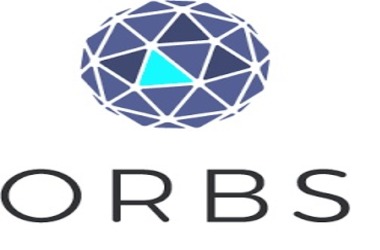 Orbs is causing yet another upheaval in the blockchain with a completely novel proposition. That is, to enhance the design of a multi-chain interoperable infrastructure, which operates in tandem with all of the major Layer 1 and Layer 2 chains, such as BSC, Ethereum, Solana, and Avalanche, as well as the apps that run on them, in order to make them more robust.
Orbs is causing yet another upheaval in the blockchain with a completely novel proposition. That is, to enhance the design of a multi-chain interoperable infrastructure, which operates in tandem with all of the major Layer 1 and Layer 2 chains, such as BSC, Ethereum, Solana, and Avalanche, as well as the apps that run on them, in order to make them more robust.
In this sense, the Orbs chain can be considered a Layer 3 chain, an additional layer on top of the Layer 1 and Layer 2 layers, in which it benefits from the security of the Layer 1 chains, the scalability of the L2 layers, and the use of its own smart contract deployment layer to increase the sophistication of the functionality of EVM compatible smart contracts, among other things.
This approach may be easily understood by looking at an example of a DeFi program that provides users with smart vaults, such as Yearn Finance, as an illustration. As soon as the customer deposits funds into the vaults, the algorithm takes over and manages them in the same way as a money manager would, by opening and closing positions in the market.
However, when employing smart contracts on Layer 2 chains, the actual tactics adopted tend to be relatively straightforward, in the sense that one contract is put after another after the first contract. This signifies that once an activity has been completed, a new trade or action will take place.
The use of Layer 3 smart contracts in conjunction with Orbs adds a new level of complexity and sophistication to the strategies, allowing for multiple transactions to be carried out at the same time, for example, by moving money between pools and vaults depending on which is offering the best returns, and at the same time taking advantage of loans to integrate leveraged style trading for greater reward potential.
As a result, a more comprehensive strategy is developed, which may result in higher yields.
“This is a completely new building element for the blockchain, and it adds an extra layer of sophistication to the activity that takes place on the network,” said Tal Kol, co-founder of Orbs. “Its application extends far beyond the field of DeFi, despite the fact that it is quite vital here as well. In order to make our decentralized protocol, which is open and permissionless, available to developers, we have implemented it with smart contracts in the programming languages that they are already familiar with. The intricacy of the on-chain actions that apps can perform increases as a result of this strategy.”
The Open DeFi Notifications Protocol is the very first Orbs project to make advantage of the Layer 3 capabilities of Orbs, and it is still in development. An open protocol that allows users to receive decentralised mobile notifications when events occur on the blockchain. While it is constructed on the Layer 3 chain, it is capable of reading activity on both the Layer 1 and Layer 2 chains, providing users with access to more complex methods.
Orbs is a public blockchain architecture designed for mass-use applications and tight interface with EVM-based L1s and L2s such as Ethereum, Binance Smart Chain (BSC), Polygon, Solana, and Avalanche. Orbs is a fork of the Ethereum blockchain infrastructure. A public network of permissionless validators using Proof-of-Stake (PoS) consensus to execute the Orbs protocol, which is supported by the ORBS token, which is decentralized and powered by the ORBS token.








